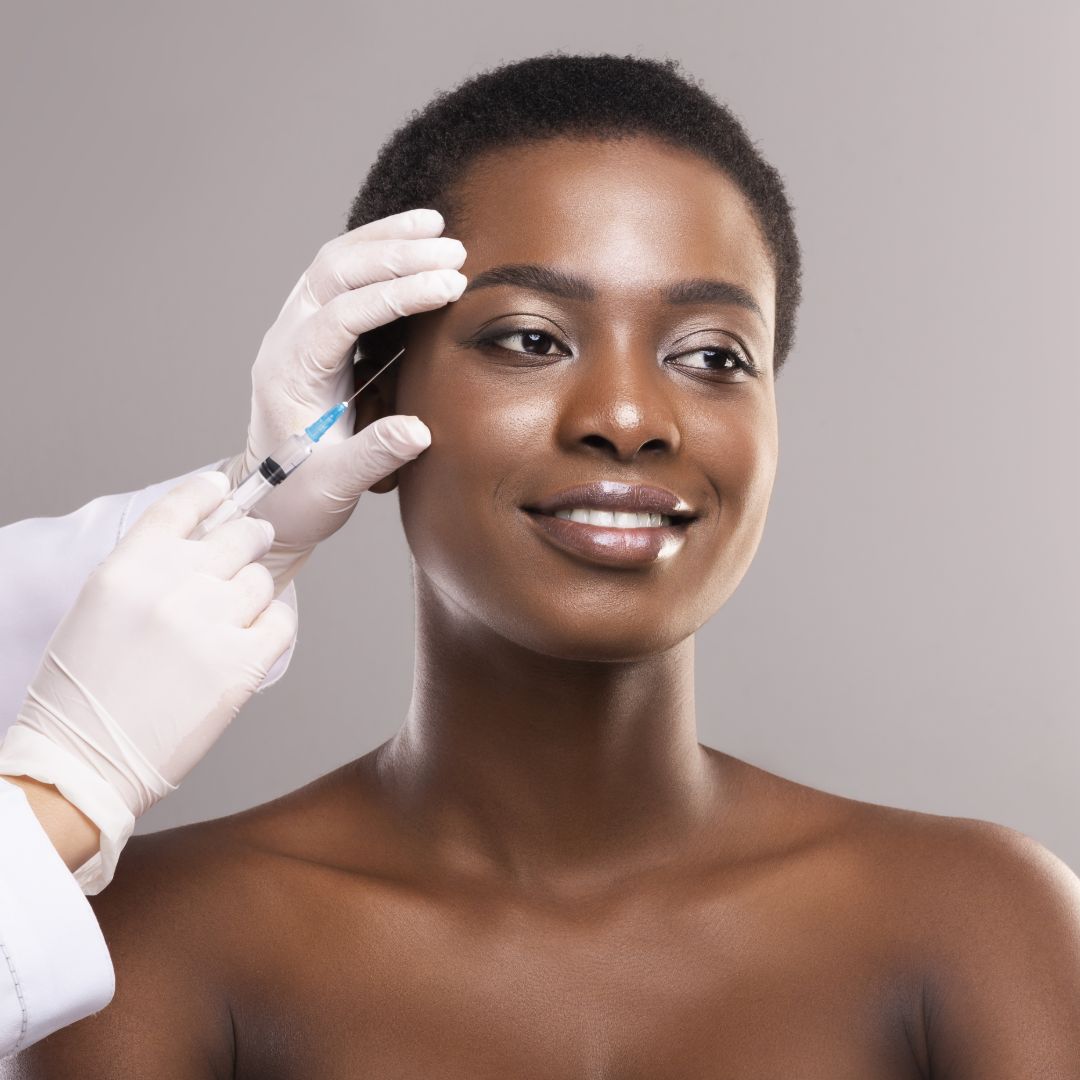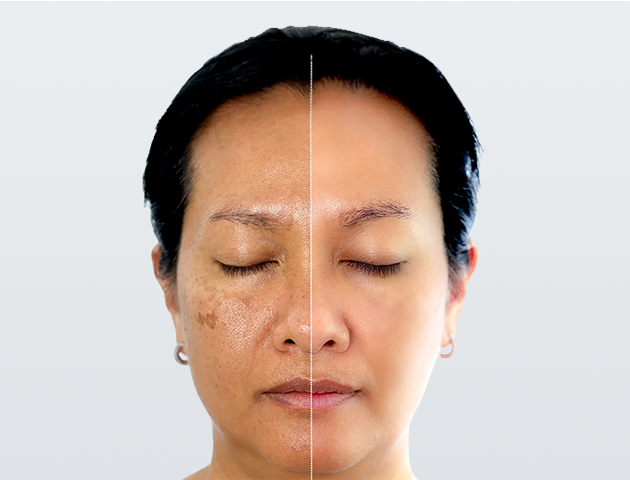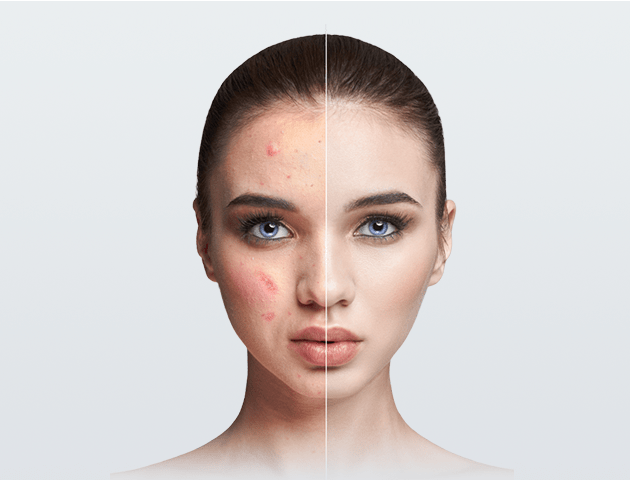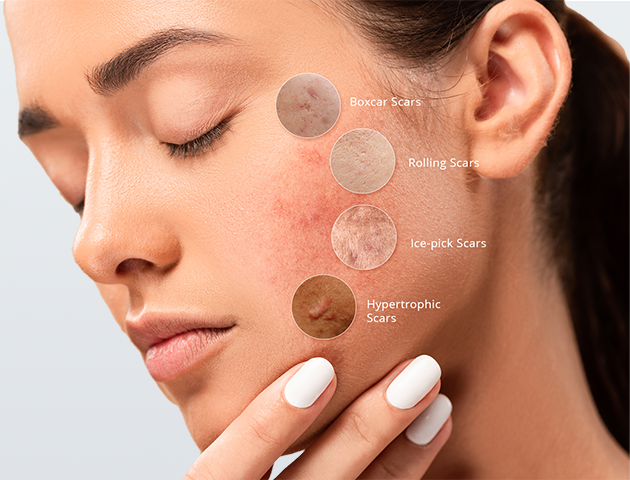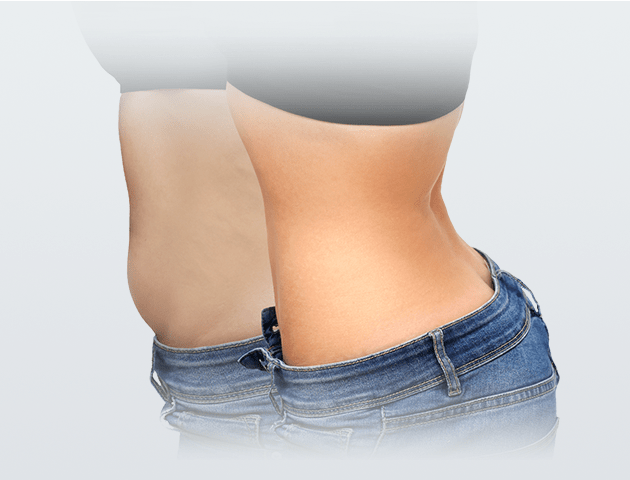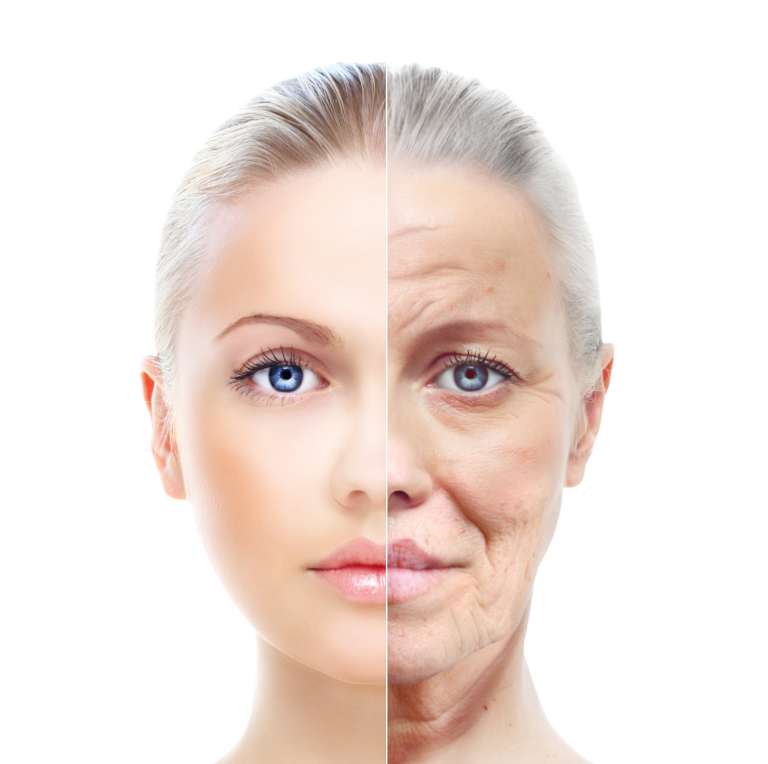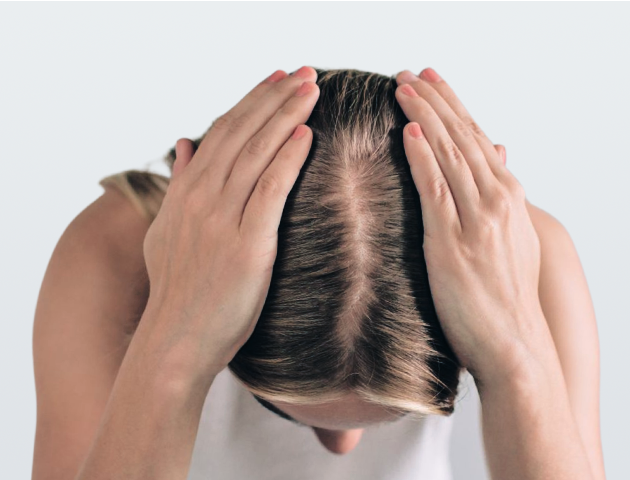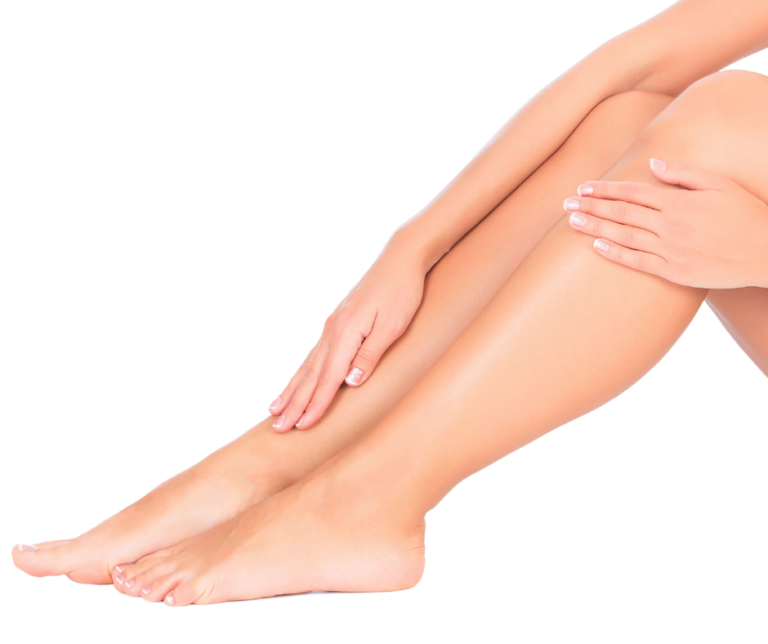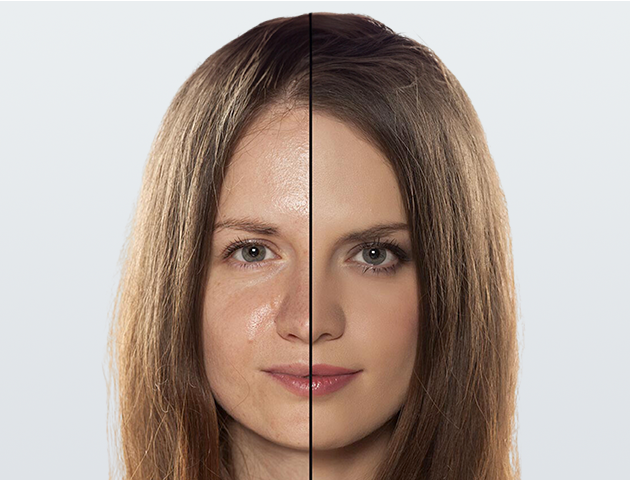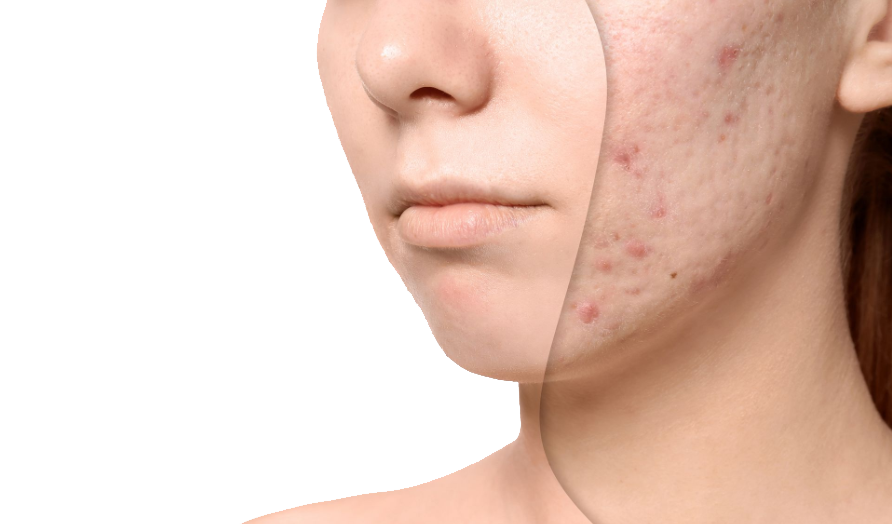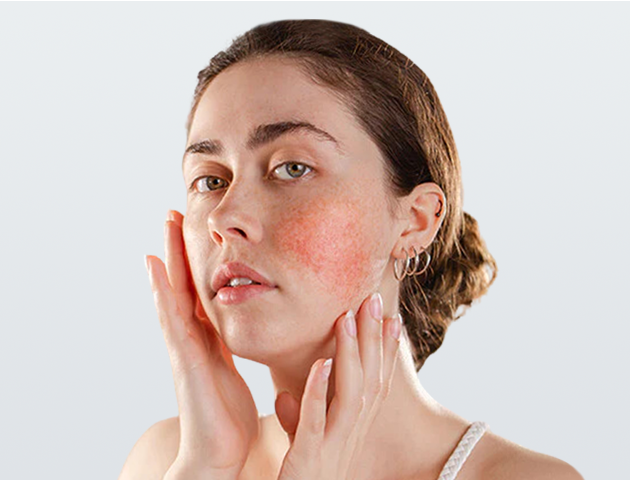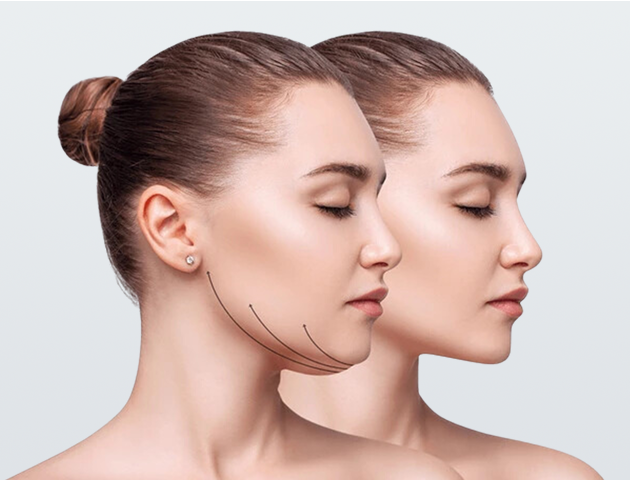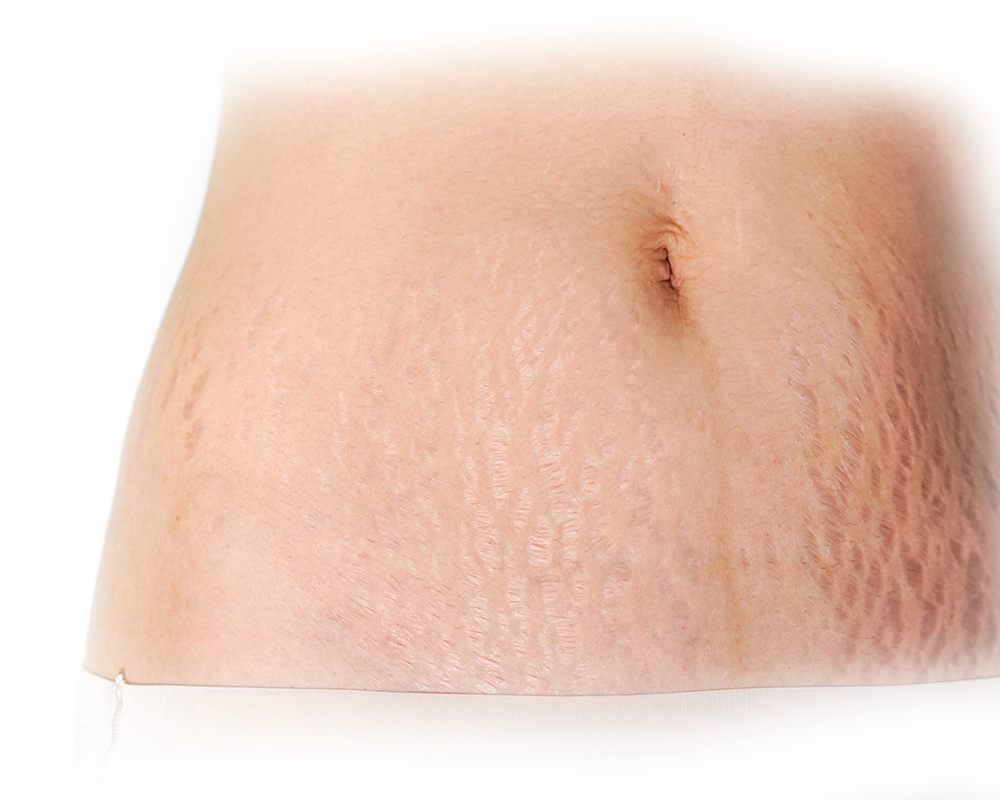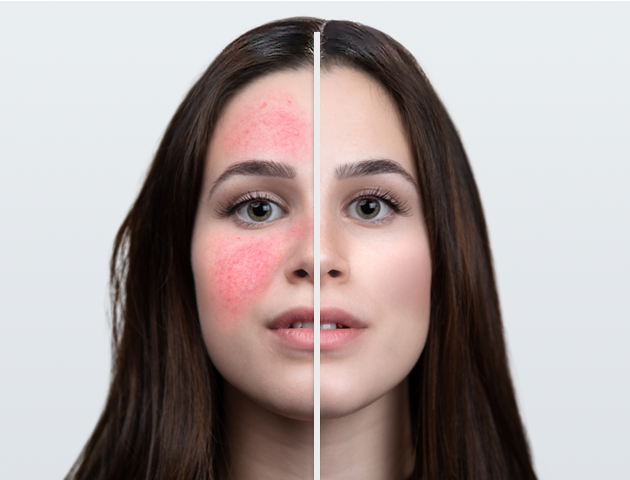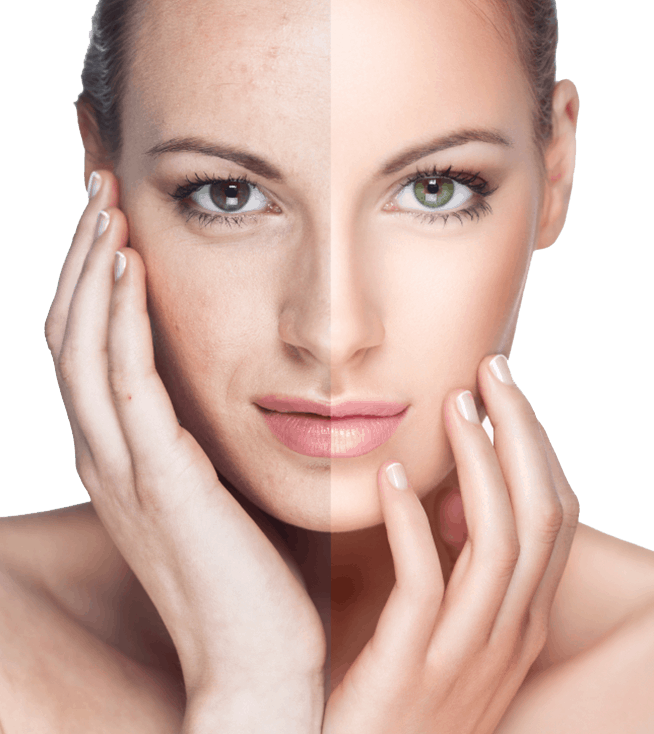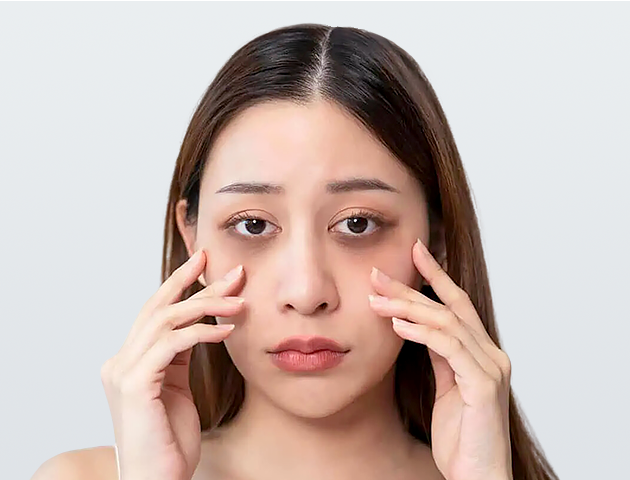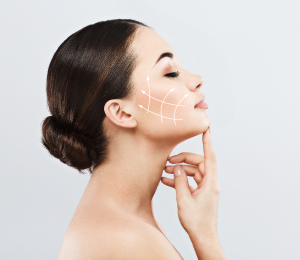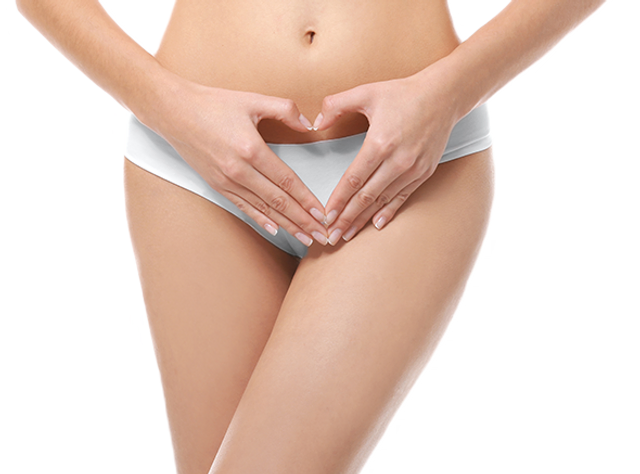
Scars are permanent. When a scar forms to bridge a wound, the repair work lays down collagen in a haphazard manner. This give a scarred appearance, rather than normal skin, where collagen is organised in an orderly fashion. Only deep wounds from severe acne, deep cut or surgery leaves a scar. Superficial injuries like mild acne or light skin abrasions generally causes only a temporary discolouration (also known as post-inflammatory pigmentation, or PIH).
Fortunately, scars improve in appearance over time, a process called scar remodelling, which takes a year or two, but can sometimes may extend to three to five years for thick scars, also known as hypertrophic scars. For people who are prone to keloid scars, these may not subside and may even grow bigger over time.
Apart from the appearance, scars can cause functional problems such as itch, pain or movement restriction. With different types of scars requiring different treatments, it is recommended to consult a doctor experienced in scar therapy to customise the best plan for you. Here are some doctor-recommended treatments for scars.
-
Light Therapy
Scars can be improved by accelerating wound healing. In general, the longer it takes for a wound to heal, the more scarring will take place. Do seek medical advice for your wounds and follow your surgeons’ instructions closely after surgery if you are undergoing an operation, to make sure the wound heals well. One way to enhance wound healing is Light Emitting Diodes, or LED, therapy. This works by photomodulation, which activates new collagen formation.
-
Collagen Remodelling
SmartXide and Fraxel lasers can encourage collagen in scars to align better during scar remodelling, giving a better appearance. These treatments are carried out once a month for around 4 to 6 sessions and you will find the scar becoming flatter and softer.
-
Scar Calming
Scars are metabolically active in the first few months after injury or surgery. Techniques to calm the scars will help the scar to remodel faster. VBeamlaser is clinically proven to do just that, by controlling the vascularity of scars. Another way to calm scars is by steroid scar injections.
-
Scar Revision Surgery
For some scars, the best way to improve the appearance may be to remove or adjust them surgically, using specialised plastic surgical techniques. Surgery can improve both appearance and flexibility of the scars that are causing restriction of movement (like those that are over a joint).
-
Combination Treatment
To get the best outcome, doctors often use a combination of treatments, like the Scar Prevention Programand Scar Intervention Program, which will work together synergistically to control the scar








